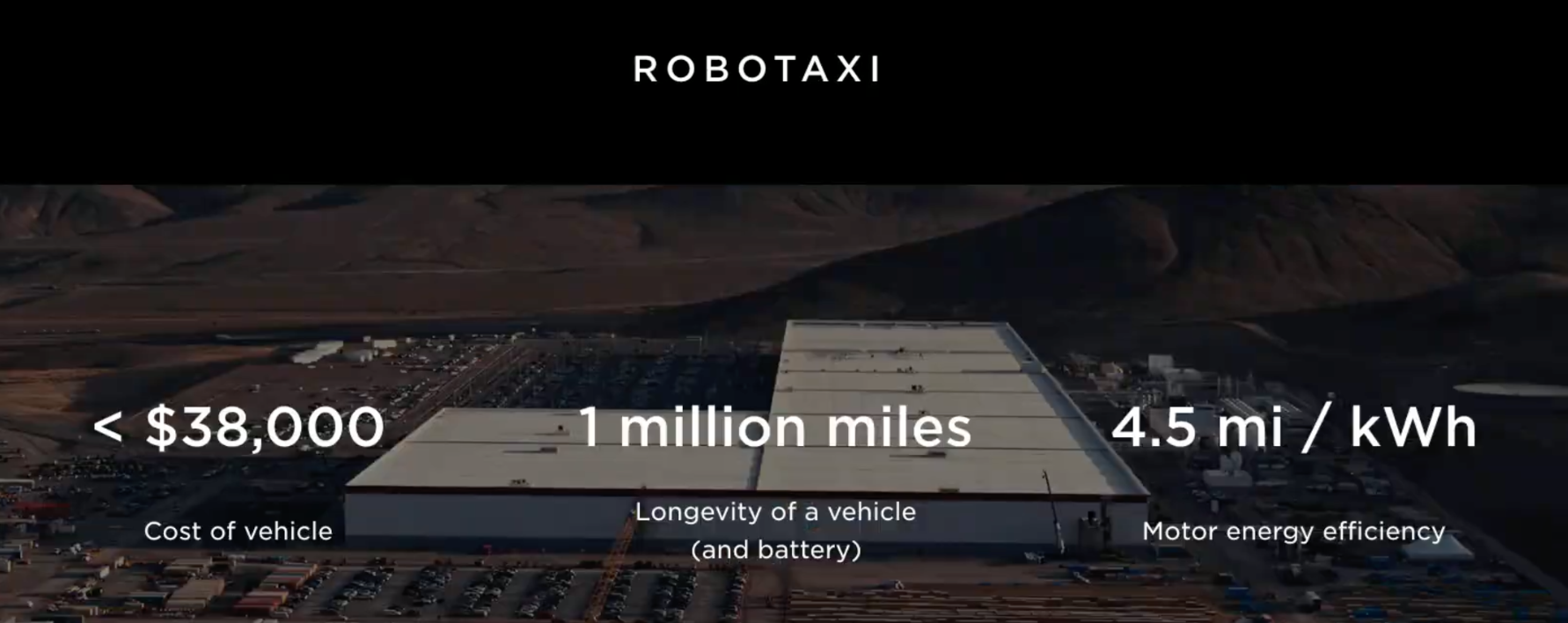Sign up for daily news updates from CleanTechnica on email. Or follow us on Google News!
Skeptics may scoff at the idea of green steel, but the steelmaking industry will get the last laugh. The question is how soon that day will come. It will come sooner, when new industrial decarbonization tools hit the market. Electrification is one pathway, and another is emerging in the form of a new high-tech ceramic reactor that grabs hydrogen and carbon from the waste gas stream.
A Hydrogen-Producing Ceramic Reactor, Without Electrolysis
The new ceramic reactor comes from the firm Utility Global. The company shared an embargoed press release about its new waste gas-to-hydrogen system with CleanTechnica over the weekend, noting that it produces “hyper low carbon H2 that doesn’t need to follow the H2 rainbow, making color differences moot.”
For those of you new to the topic, “color differences” refers to different systems for producing hydrogen. Blue hydrogen, for example, refers to hydrogen produced from natural gas, with a carbon capture system attached. Despite the environmentally friendly aura evoked by the color blue, hydrogen produced from natural gas is far behind on the sustainability scale. In contrast, green hydrogen primarily refers to electrolysis systems that deploy renewable energy on water, with the aid of a catalyst (see more green H2 background here).
Adding to the mix, hydrogen is tagged yellow if the electrolysis system runs on a mix of fossil energy and renewables, and pink if nuclear energy is in play.
Utility Global sets all that aside with its eXERO ceramic-based reactor. It is not an electrolyzer, so it doesn’t need electricity from renewable resources or any other resources.
Seal Of Approval For A Color-Neutral Hydrogen System
The US Department of Energy’s Oak Ridge National Laboratory notes that the eXERO platform has been under study for four years. The lab’s latest report, issued last August, provides further affirmation of the potential for commercialization under three different modes of operation.
The H2Gen mode produces enriched carbon dioxide and high-purity hydrogen, without the need for an additional source of electricity. In CO-Gen mode it produces green carbon monoxide, with water vapor as a byproduct. “Low-cost ammonia (NH3) can be cracked by steam without added electric power to convert NH3 to nitrogen (N2), H2O, and high-purity H2 as a product stream by running eXERO in Am2H2 mode,” the ORNL study team adds.
The August 2023 report describes a list of conclusions based on experiments conducted earlier in the year and a series of large-scale pilot runs in 2022. In summary, the study team found that Utility Global’s science is sound and the eXERO platform is technologically viable. “ORNL further concludes that the core technology within eXERO utilizes current reliable ceramic fuel cell developments and the eXERO technology has the capability to positively impact the hydrogen economy,” the team added.
What Is This Hydrogen Economy Of Which You Speak?
Back in the days when the only commercially viable source of hydrogen was natural gas and, to a lesser extent, coal, the idea of a hydrogen economy was not consistent with global decarbonization goals. Nevertheless, the hydrogen economy is already here, and it is firmly entrenched in the form of industrial processes, food systems, and fuels. The task at hand is to reshape it into a model consistent with the emerging circular economy, which emphasizes renewable and re-usable resources.
The ORNL study team emphasized the circularity of the eXERO system in their report, noting that it can run from various feedstocks including biogas, renewable natural gas (a processed form of biogas), and waste gas from steel making and refineries. Carbon-rich solid waste is another candidate.
Not to read too much into the ORNL report (I will anyways), but notably absent from the study team’s list of feedstocks is emissions from fossil-fueled power plants. That’s an important omission. Fossil power plants run on an extractive model that is exactly the opposite of a circular economy. Here in the US, various attempts to paper fossil power plants over with carbon capture systems have floundered, though stakeholders continue to persist.
eXERO & The (Circular) Hydrogen Economy
The quickening pace of renewable energy development is a positive sign for decarbonization, but industrial development is still continuing apace. New industries are also pushing the demand for hydrogen, one example being the electrofuels industry. In short, platforms like eXERO will have plenty of opportunities for application aside from power plants.
The Colorado School of Mines, for one, is leaning in the direction of a circular economy. Last December, Utility Global announced a new partnership with the R1-level research university. The partnership combines researchers and resources at the school with staff at the nearby Utility Global Advanced Technology Center, with the aim of accelerating the eXERO platform towards commercialization.
“The team at the Colorado School of Mines, headed by Dr. Neal Sullivan and Dr. Carolina Herradon Hernandez, will leverage the Colorado Fuel Cell Center facility to enable a better understanding of the underlying mechanisms, and optimization of temperatures, atmospheres, and pressures,” Utility Global explained in a press statement.
Professor Sullivan, who is the Director of the Fuel Cell Center, noted that the eXERO platform deploys a combination of “low-cost materials with robust design,” leading to “straightforward integration into hard-to-abate industrial subsectors to provide meaningful impact in CO2 mitigation and green-H2 production.”
That statement indicates there are still some wrinkles to sort out in the color-coding of hydrogen production method. Though some advocates prefer to reserve green for water electrolysis, others include biogas, biomass, and wastewater feedstocks in the green category.
Next Steps For Green Steel
In the latest development, on July 8 Utility Global and the School of Mines cemented their relationship with a new $150,000 proof-of-concept award for a proposal submitted to the State of Colorado Office of Economic Development and International Trade. The award validates the partnership’s work to date, and affirms the key role of the School of Mines in pushing the eXERO system towards the market.
“This proposal details a collaborative effort between Colorado School of Mines (Mines) and Utility Global to advance the performance of Utility Global’s eXERO technology for H2 production and CO2 mitigation, and will utilize significant infrastructure at the Colorado Fuel Cell Center,” Utility Global explained.
The award-winning proposal takes note of a high-pressure test stand, a one-of-a-kind system purpose-built at the School of Mines for assessing the operation of the ceramic cells used in the eXERO platform.
In a press statement, Utility Global CTO Dr. Stephan Reinartz provided another indication that power plant decarbonization is off the table. “Our eXERO technology is unique to the industry and enables the significant decarbonization of a range of end-use markets, including steel, chemicals, liquid fuels, mobility and biogas,” he said.
If and when the eXERO goes to market, the green steel movement is ready and waiting. Despite continued concerns over high costs, stakeholders are moving forward along a number of fronts including electrification, green H2, and new iron ore solutions among other pathways.
Follow me via LinkTree, or @tinamcasey on Threads, LinkedIn, and Instagram.
Image (cropped): Ceramic cells are the key to a new, non-electric reactor-based system for producing hydrogen from biogas, renewable natural gas, and industrial waste gases (courtesy of Utility Global).
Have a tip for CleanTechnica? Want to advertise? Want to suggest a guest for our CleanTech Talk podcast? Contact us here.
Latest CleanTechnica.TV Videos
CleanTechnica uses affiliate links. See our policy here.
CleanTechnica’s Comment Policy




